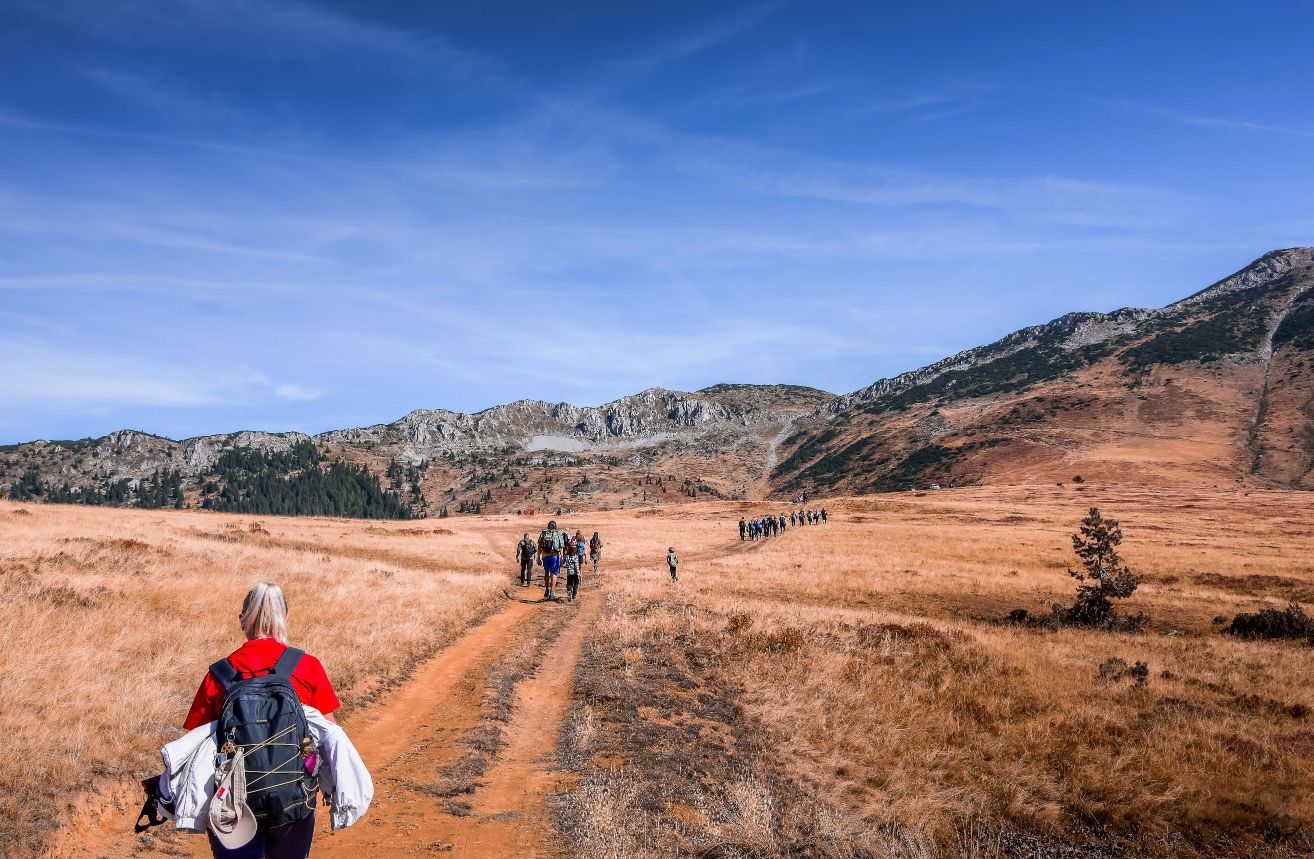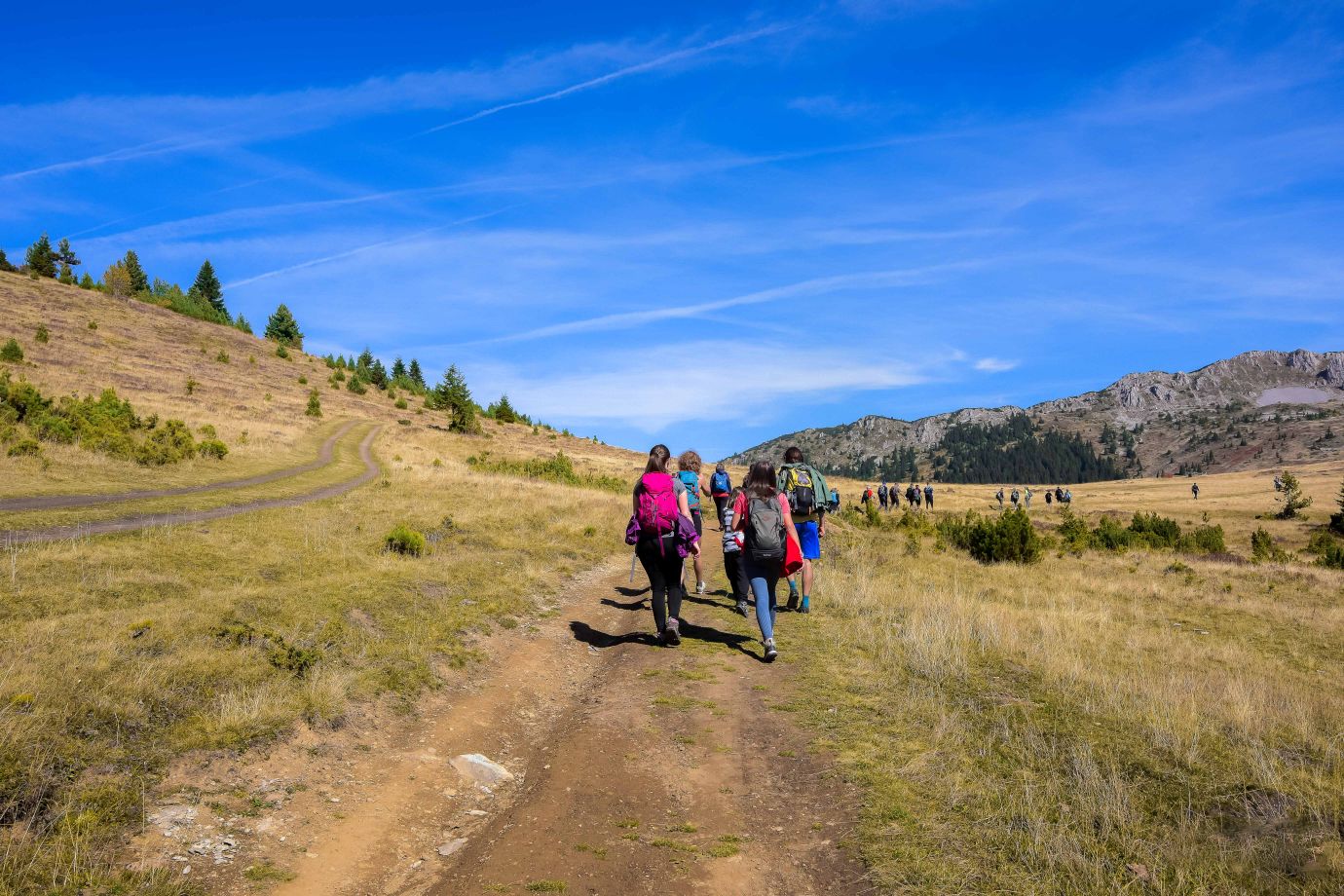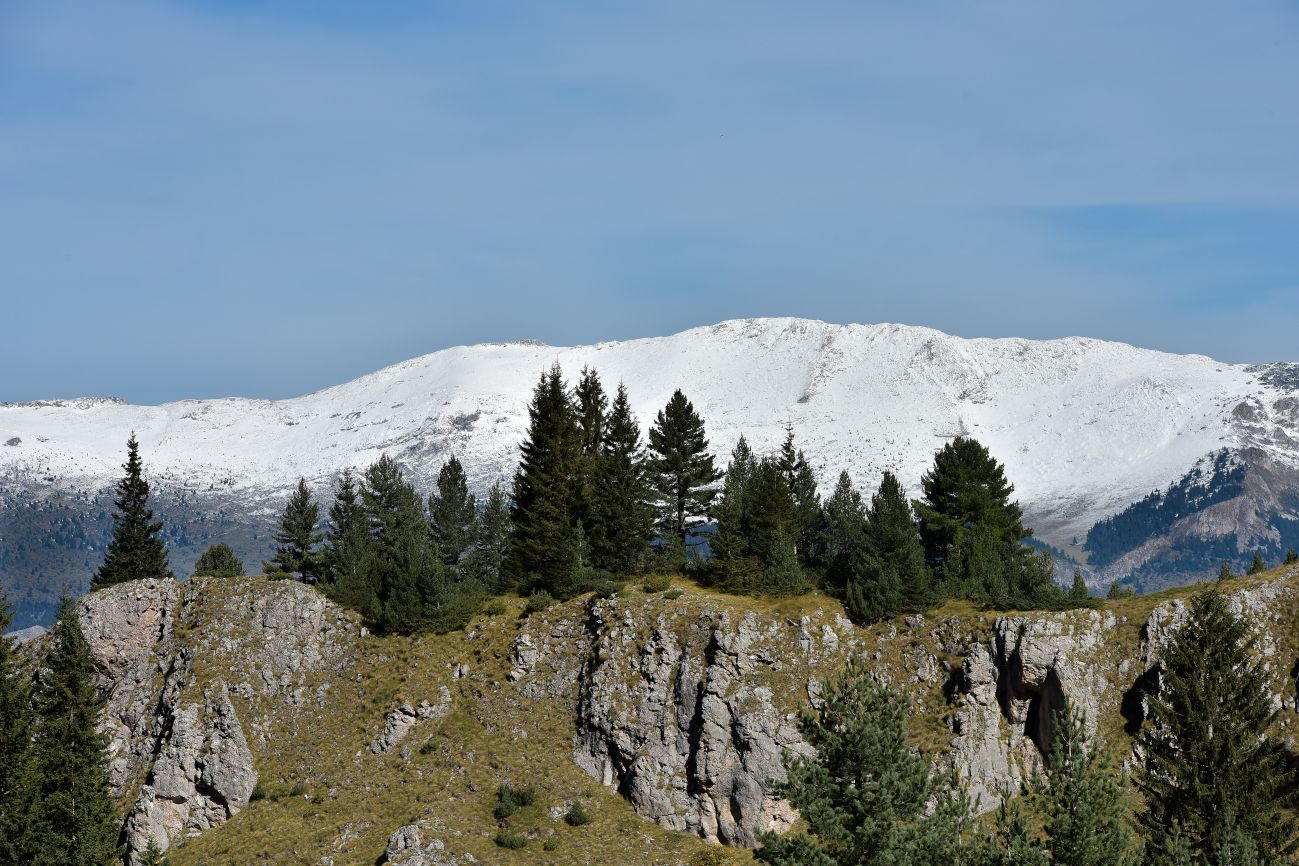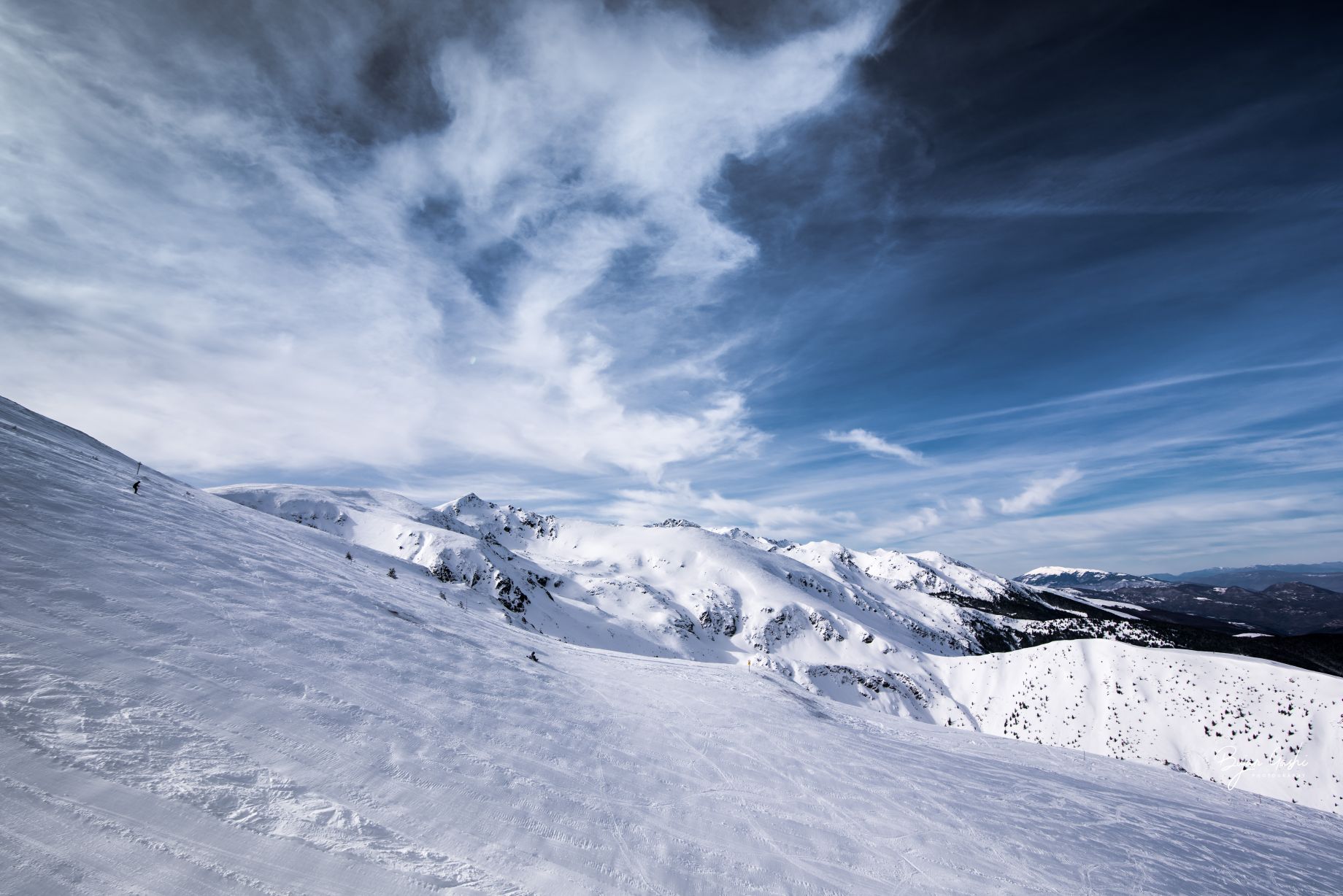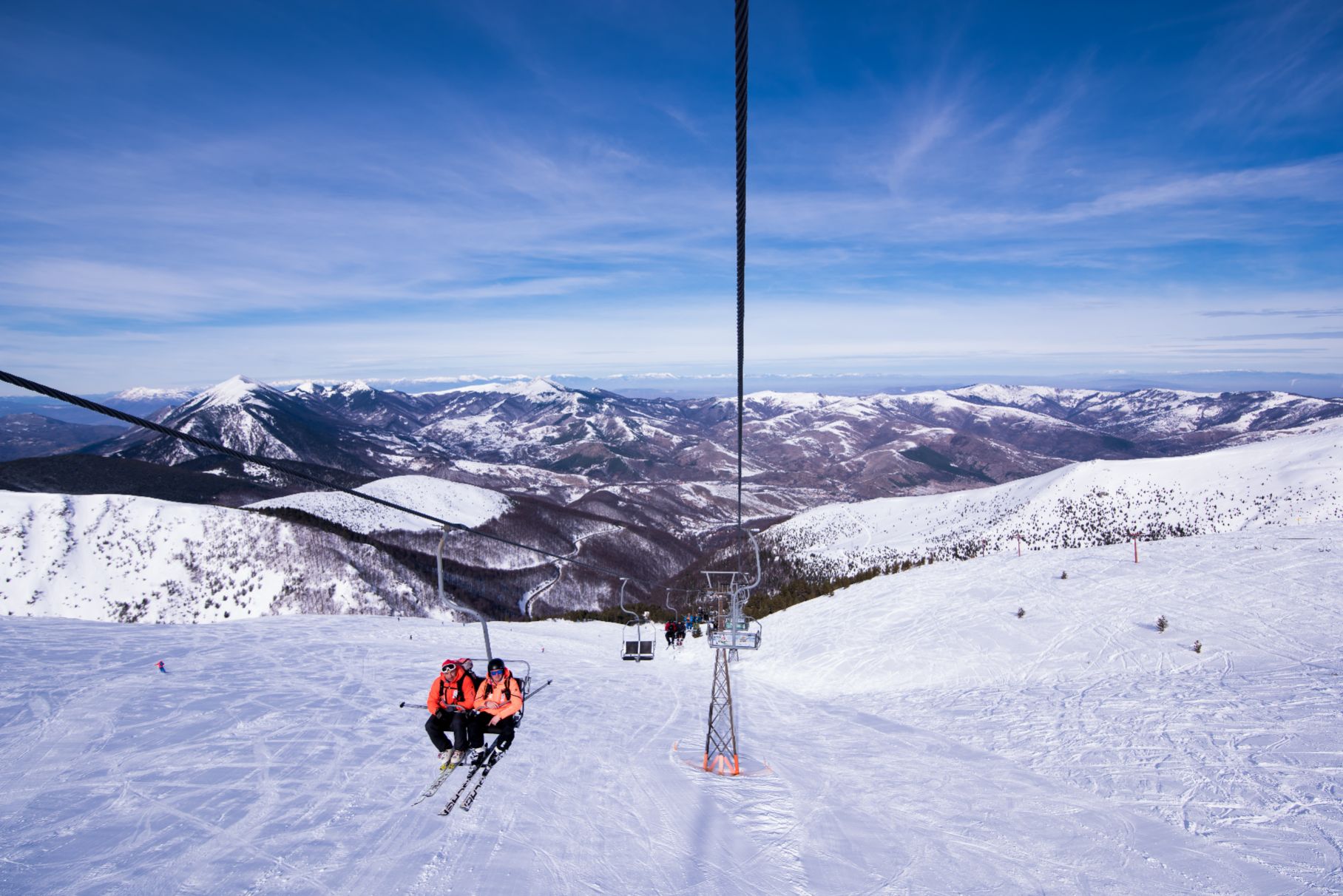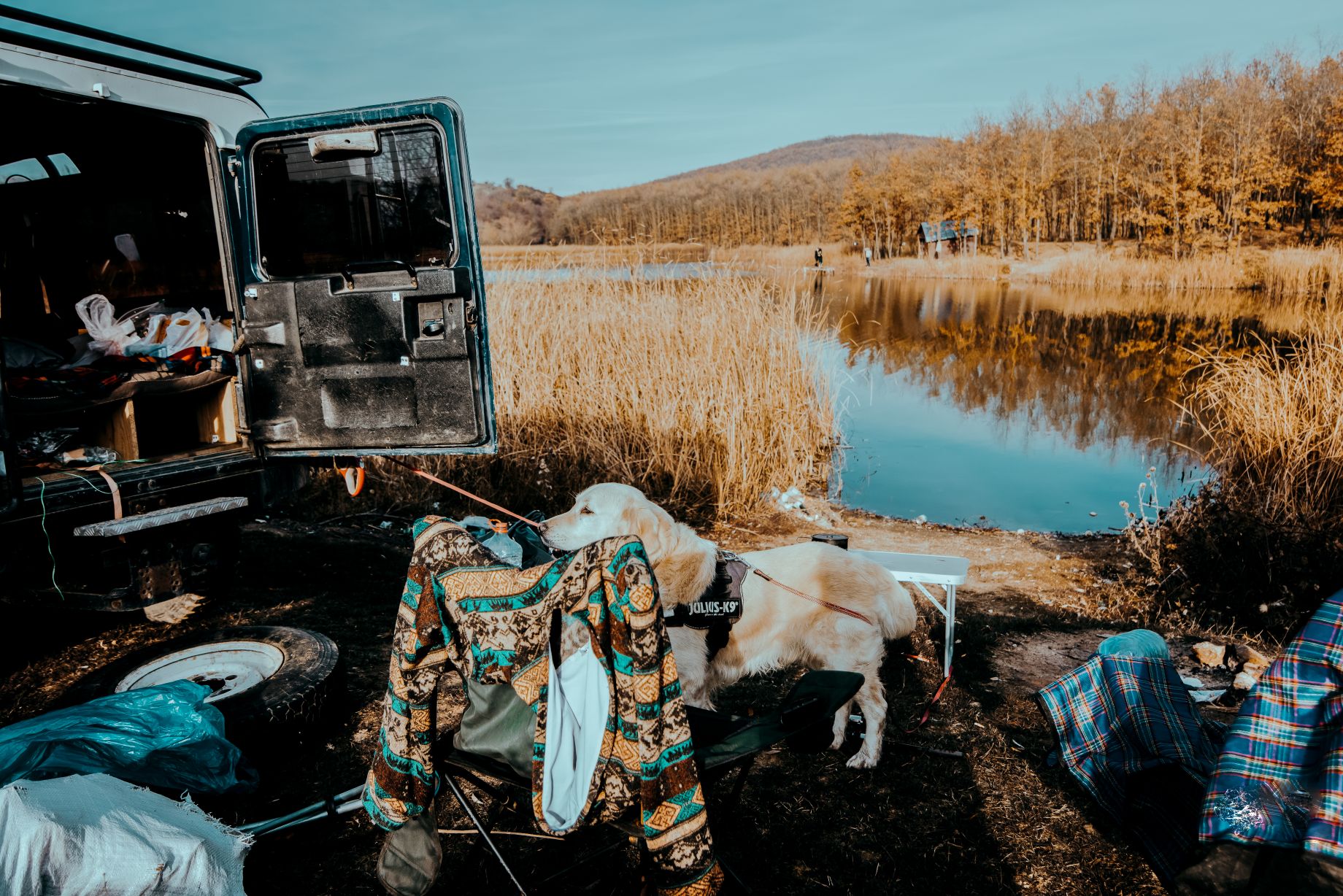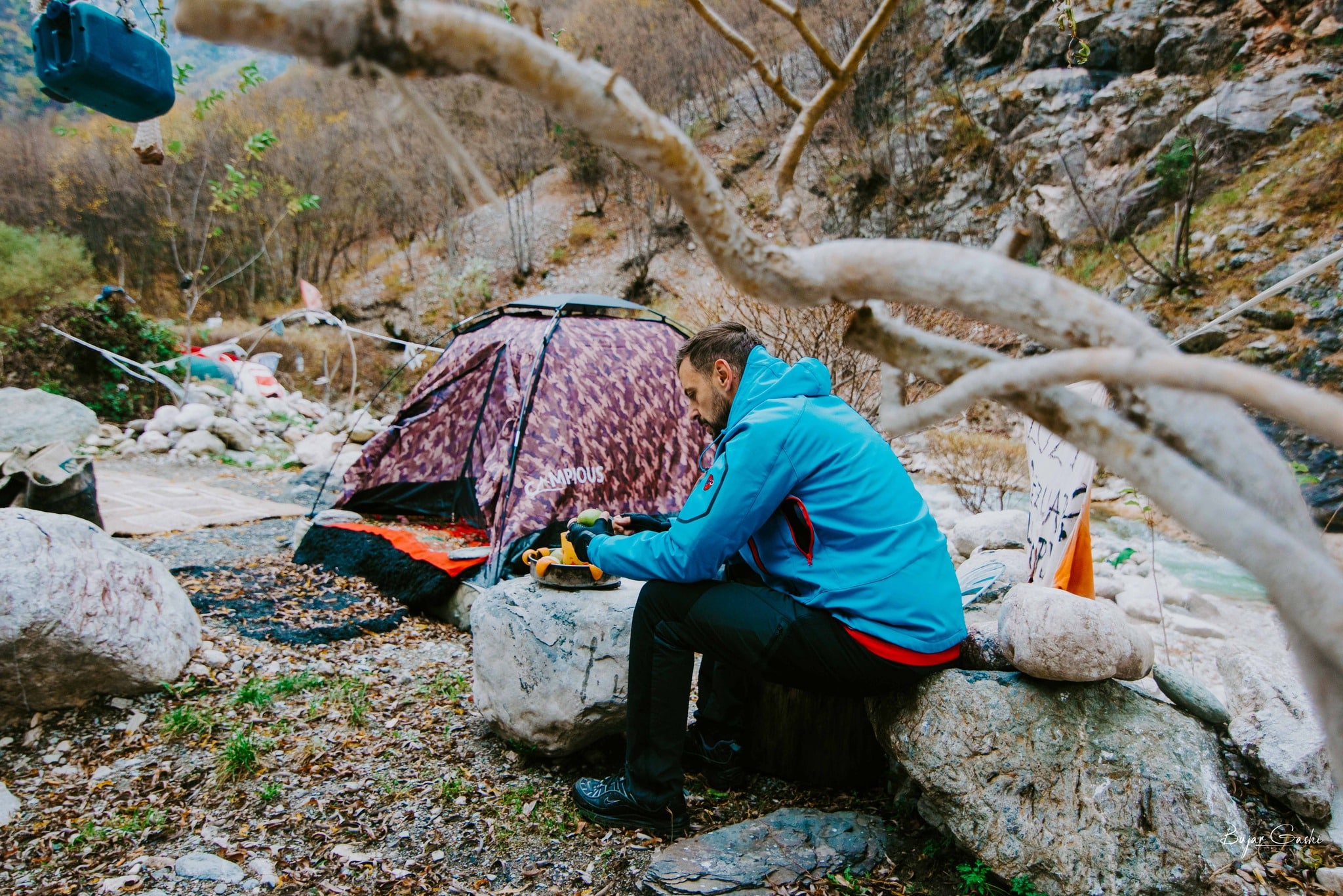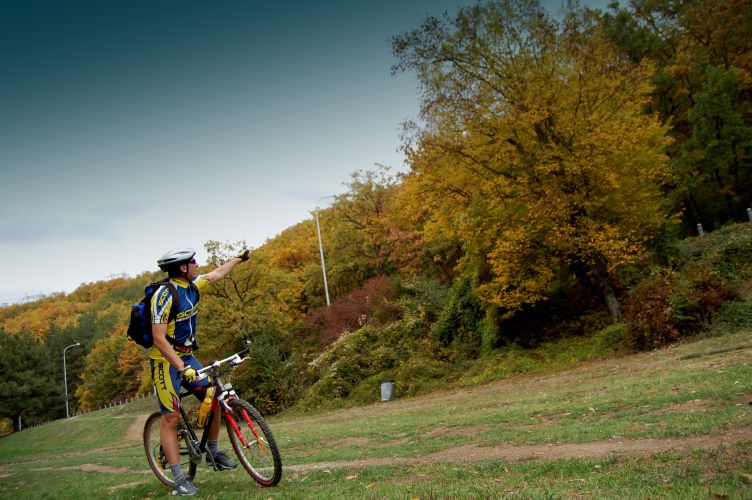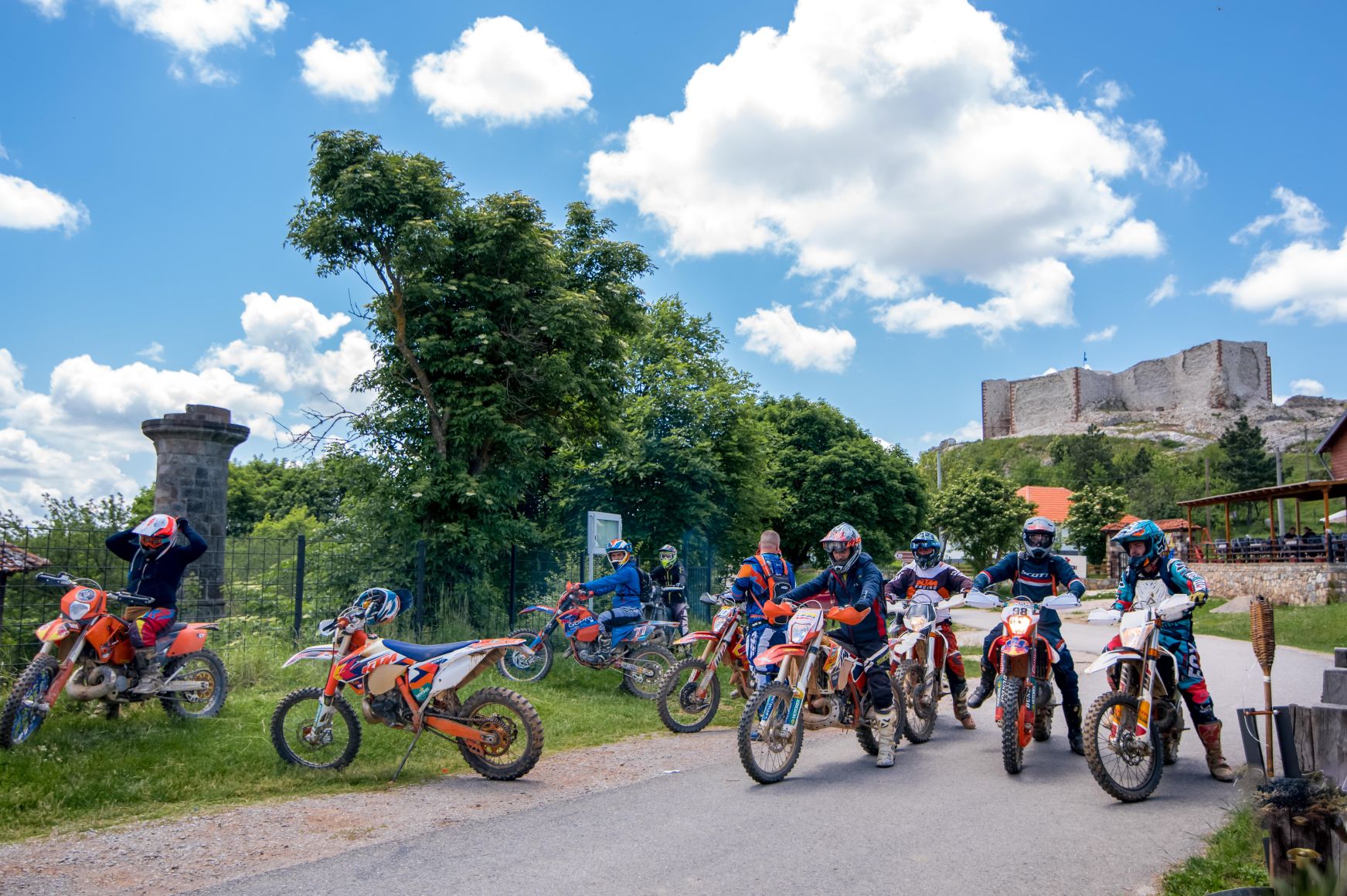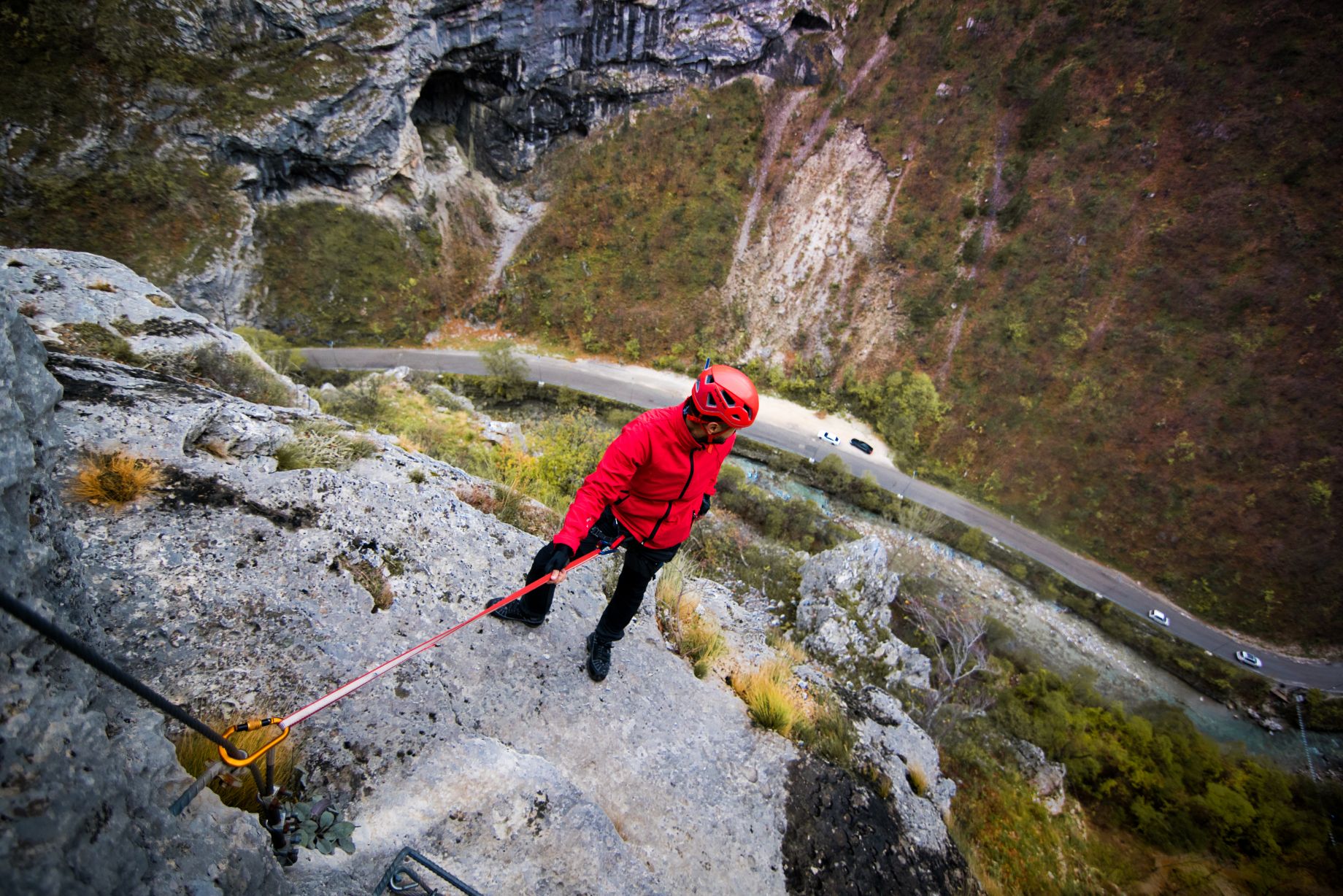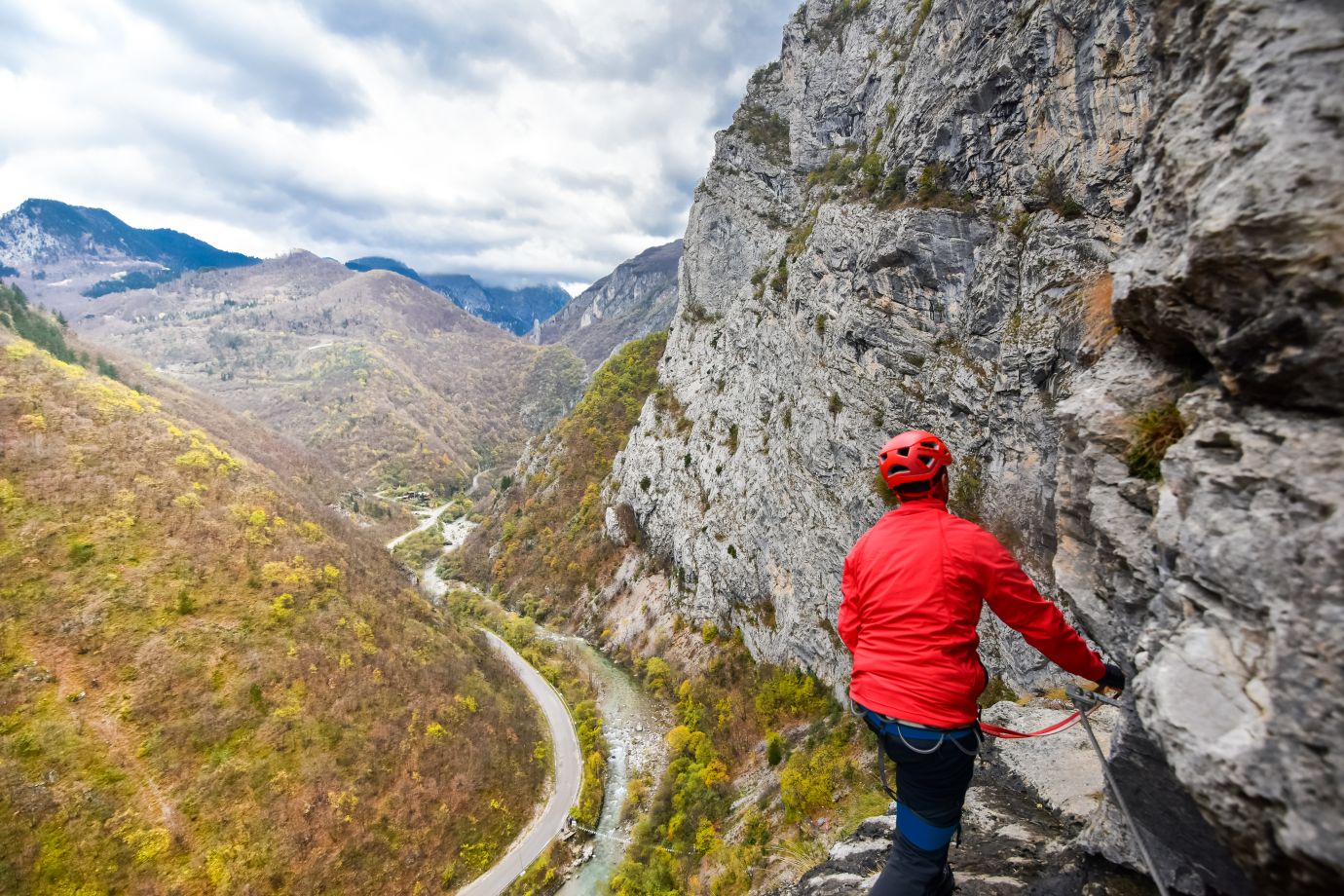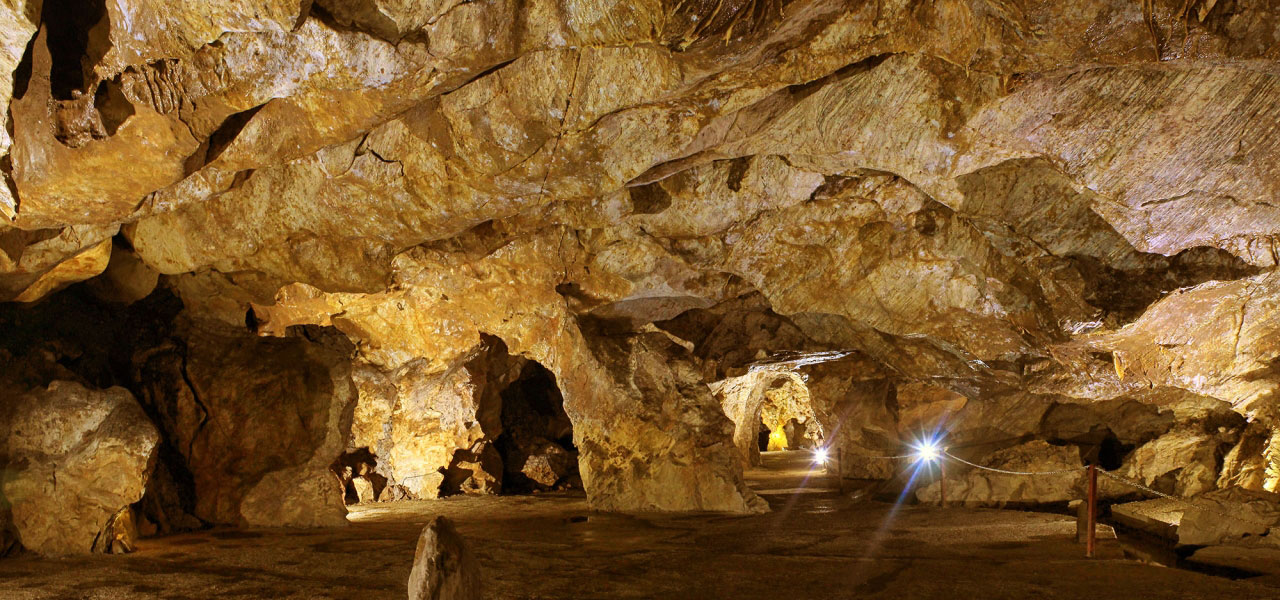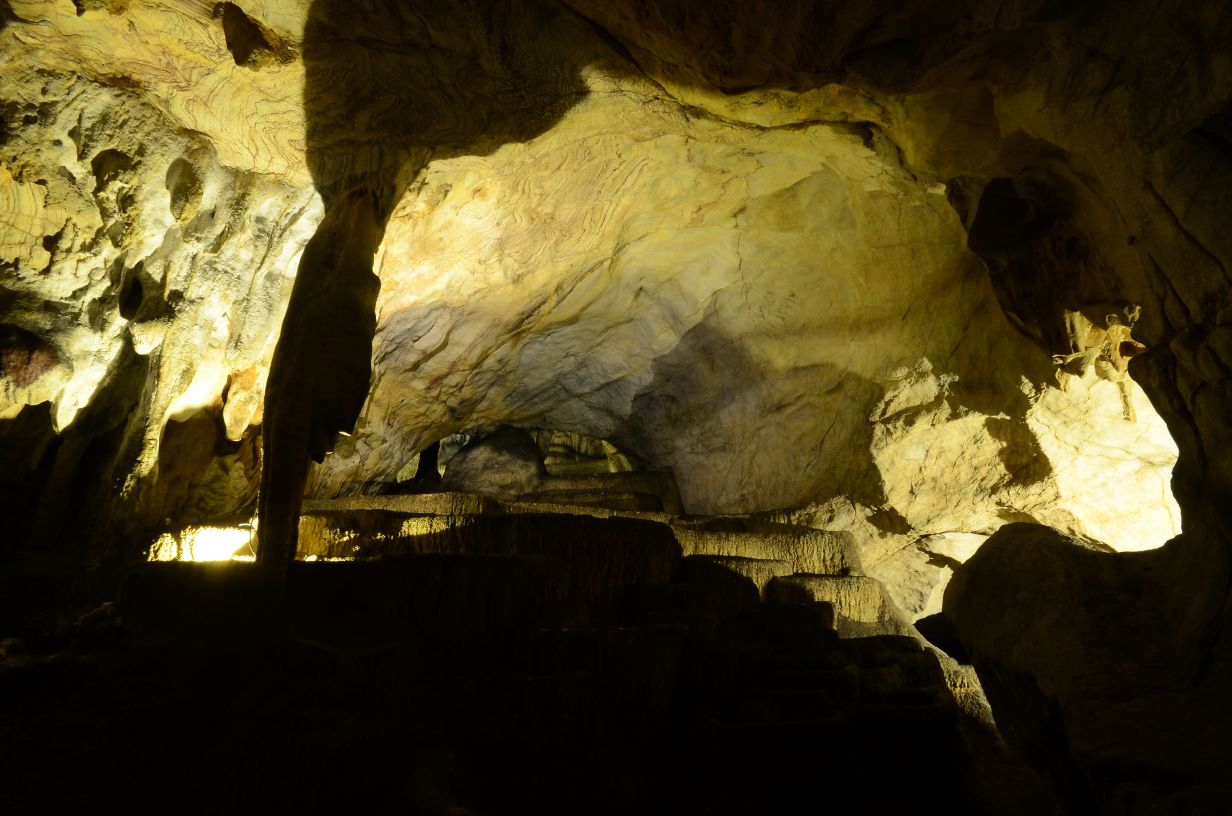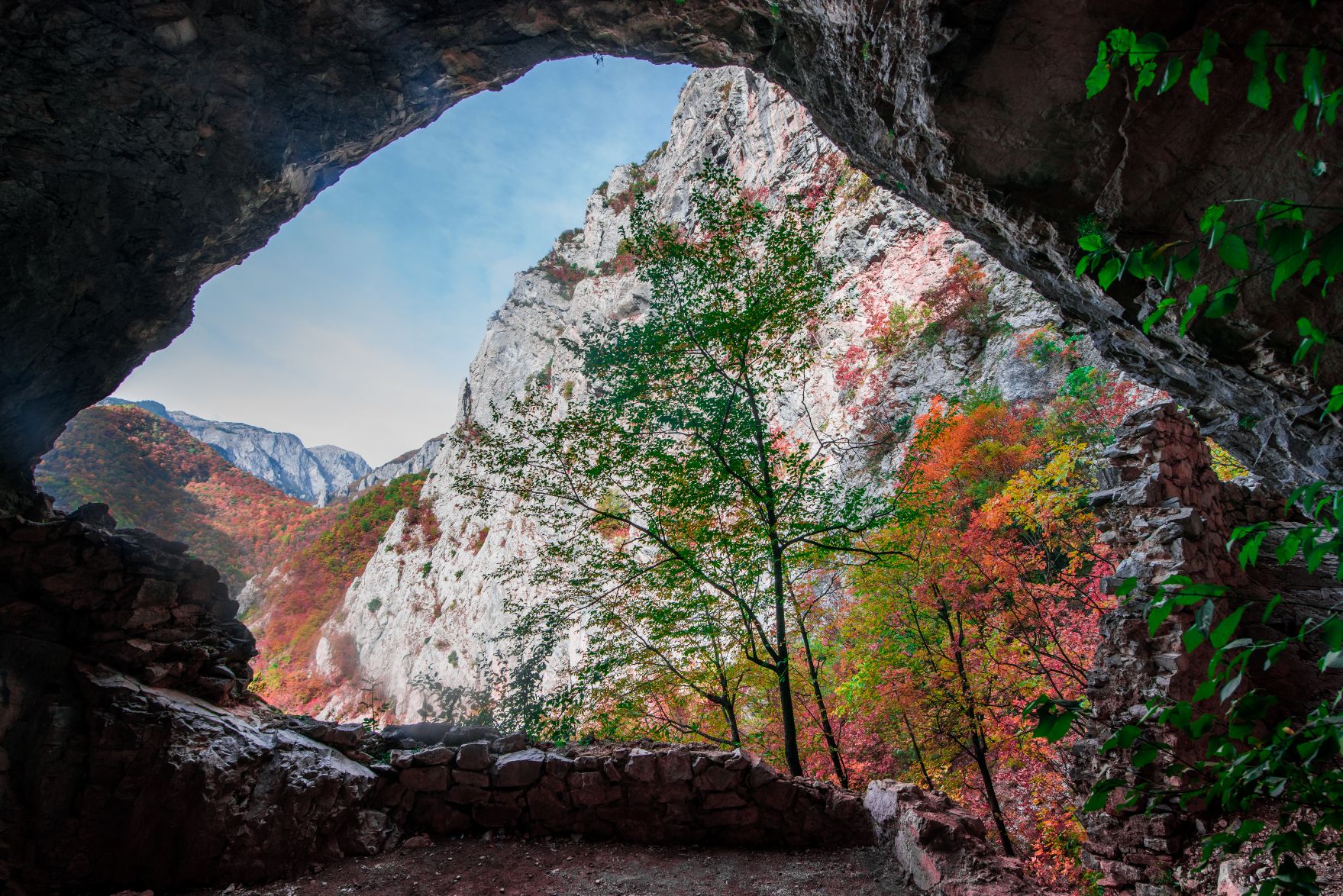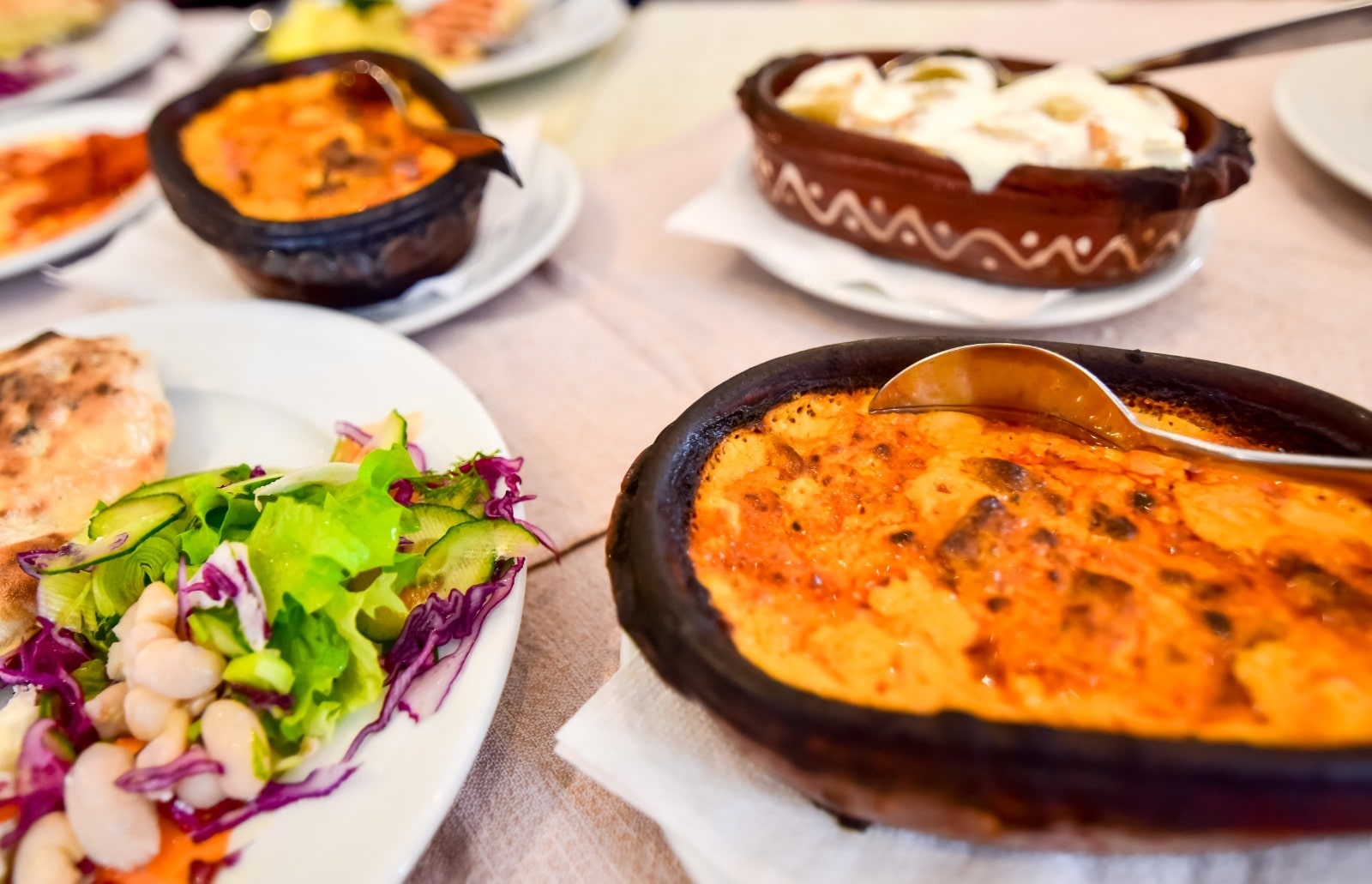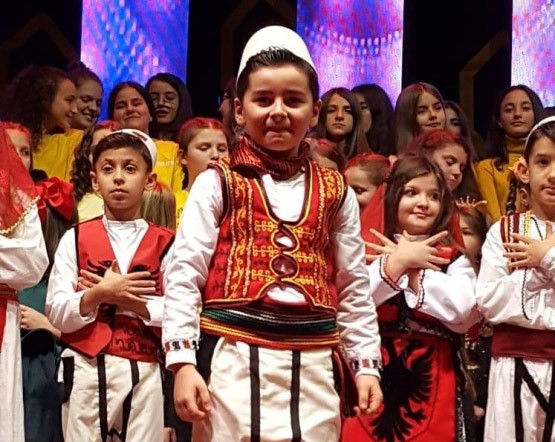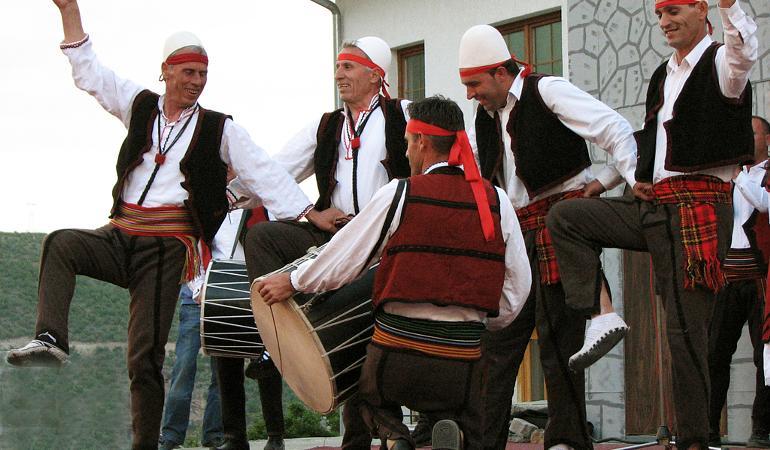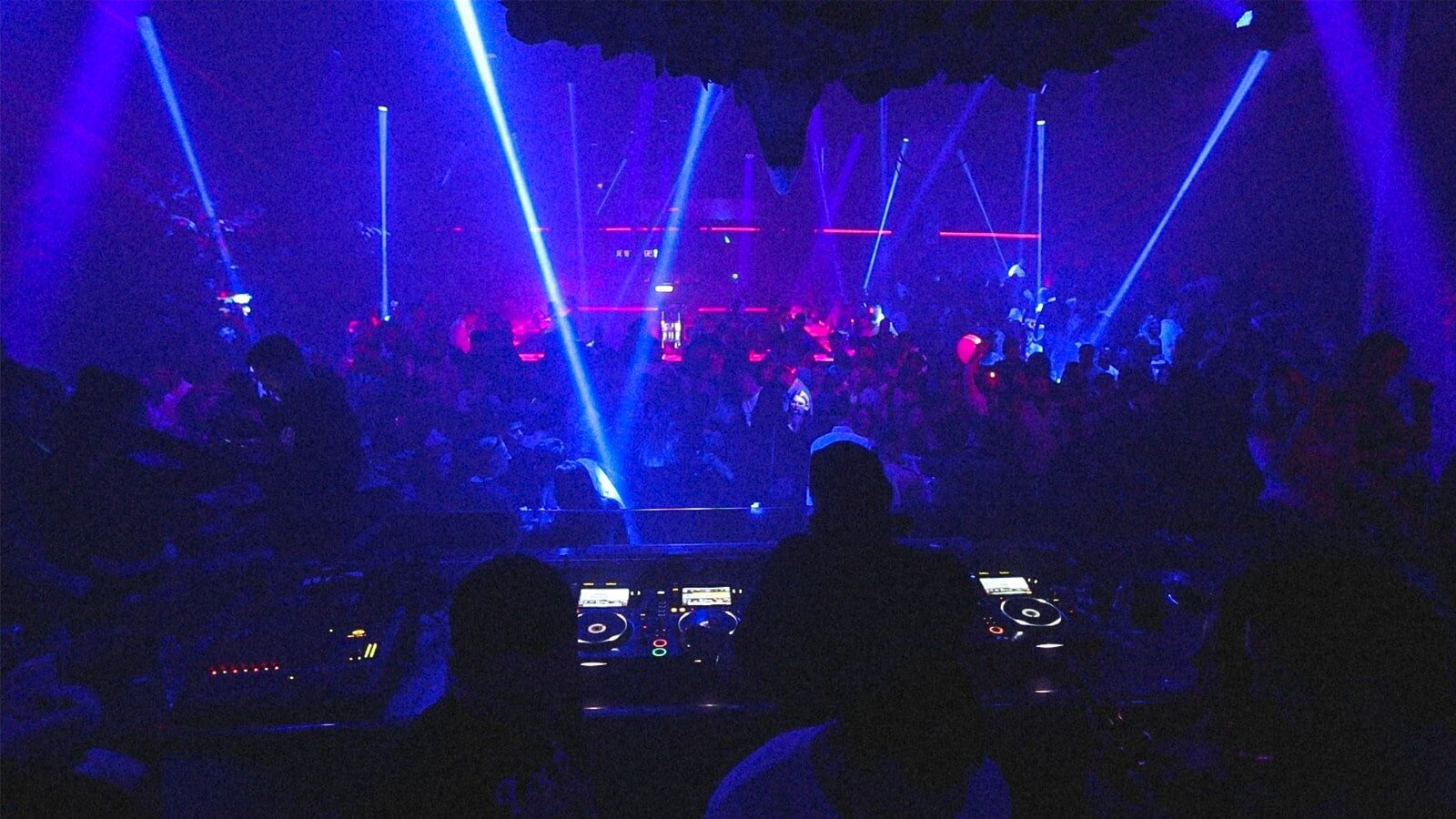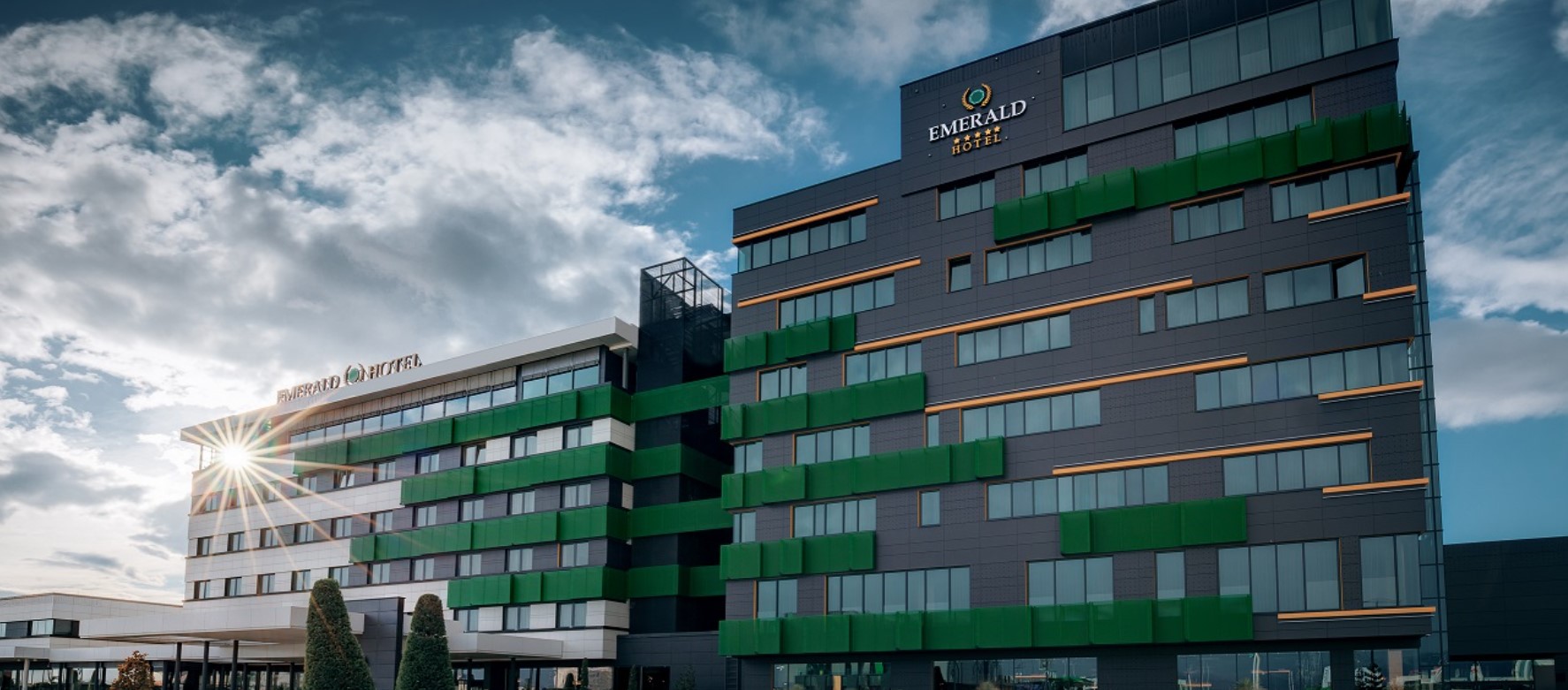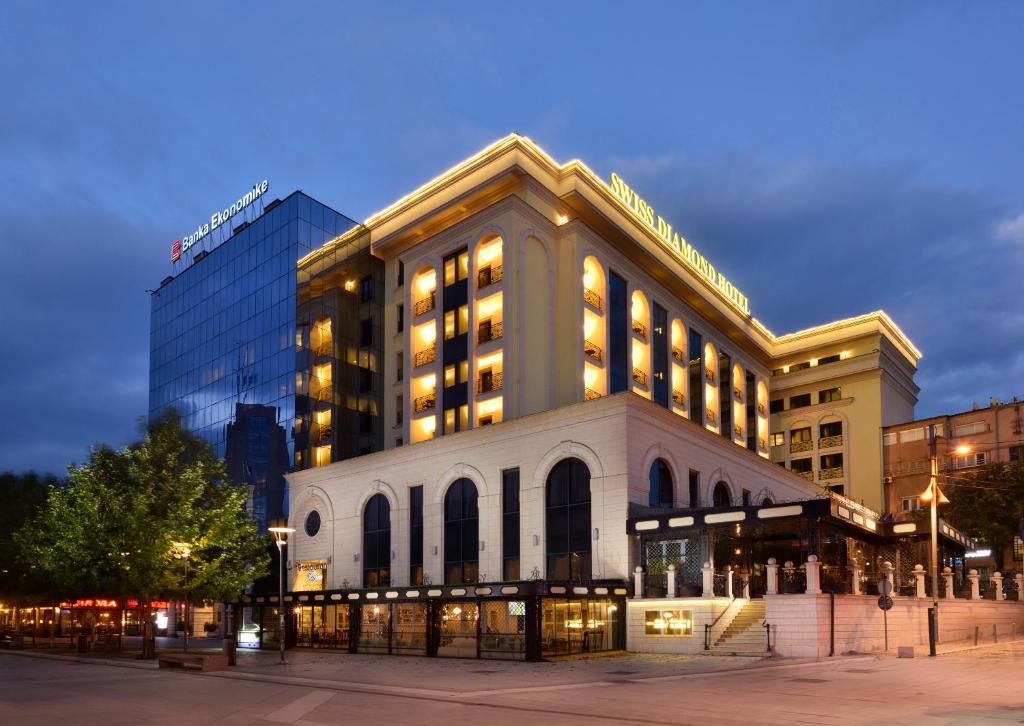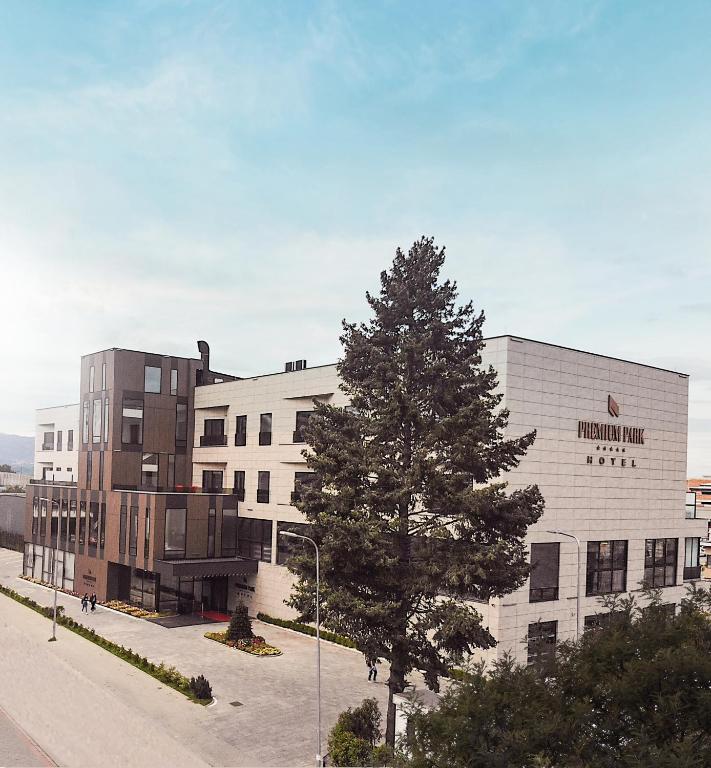
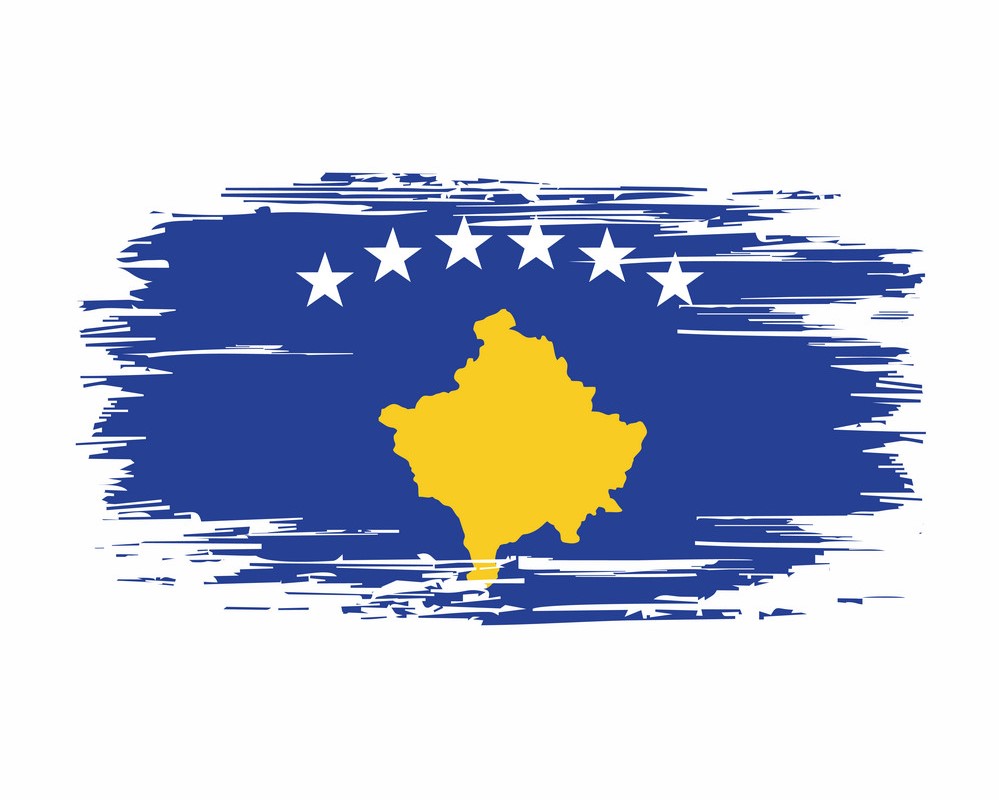
KOSOVO
Area: 10.887km2
Capital: Prishtina
Population: 1,761,985
Declaration of independence: 17 February 2008
Currency: Euro €
Kosovo officially the Republic of Kosovo is a country in Southeast Europe with partial diplomatic recognition. Kosovo lies landlocked in the center of the Balkans, bordered by Serbia to the north and east, North Macedonia to the southeast, Albania to the southwest, and Montenegro to the west. Most of central Kosovo is dominated by the vast fields. The Bjeshket e Nemuna Mountains and Sharr Mountains rise in the southwest and southeast, respectively. Kosovo unilaterally declared its independence on 17 February 2008, and has since gained diplomatic recognition as a sovereign state by 101 member states of the United Nations.
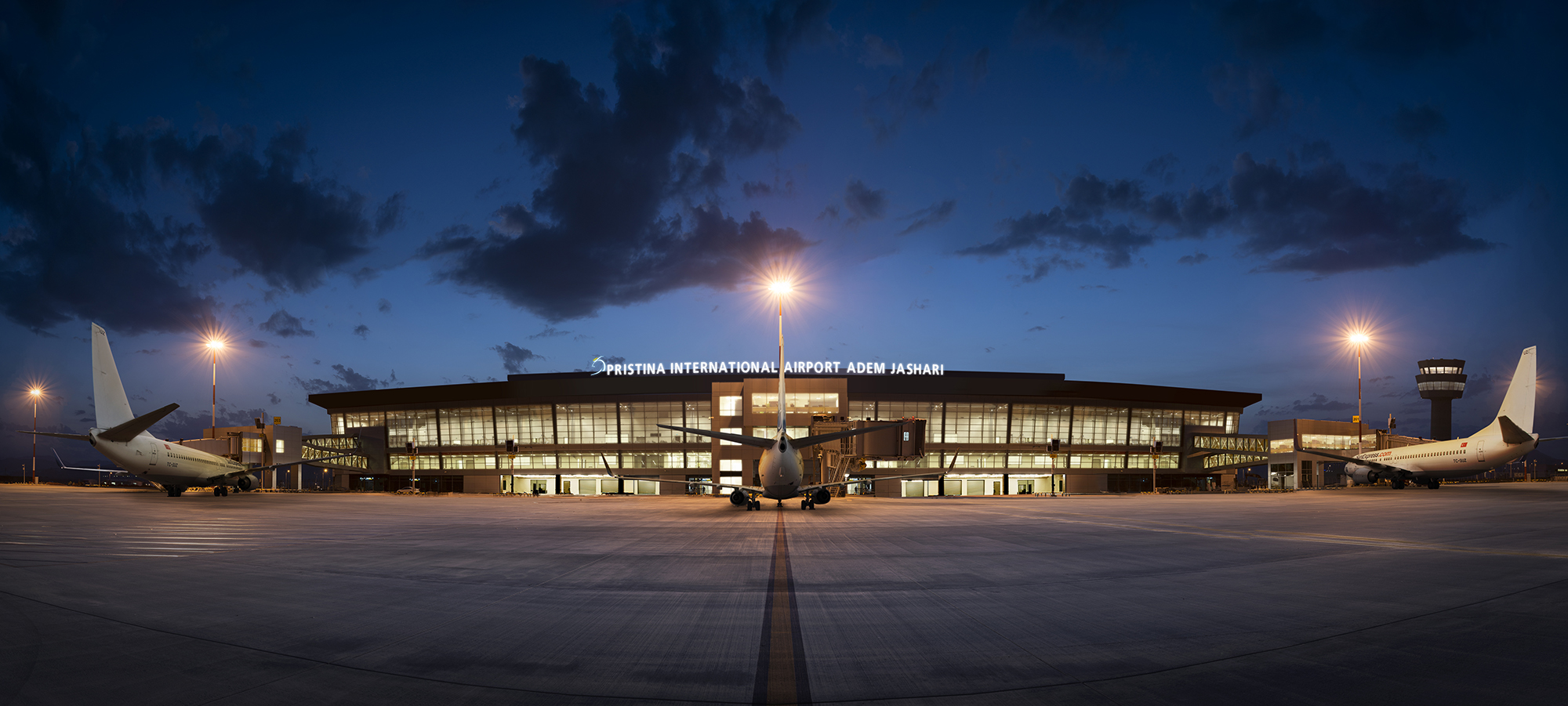

Enjoy the city's cultural history and modern lifestyle: try the local dishes or go party in the numerous bars and clubs.To see the most important sights, a walk is recommended, which should perhaps begin in Dardania, past a gigantic picture ans statue of US President Bill Clinton, the Grand Hotel, and follow Nena Tereze Street to the Skenderbeg Monument and the government building . In the old town with its narrow streets you will find several impressive mosques and you can drift through the markets and cafes. Also, don't miss the city's Ethnographic Museum, located in the old town. Perhaps you can consider a detour to Dragodan or Arberi, where the city is particularly attractive. The Gërmia Park is also worth a visit. With its lake-like outdoor pool, it is a popular attraction for families and young people. Families from Prishtina love to spend their free time together in this park, which is ideal for swimming in summer, fishing in autumn and opportunities for walks in the fresh air all year round.

Prizren "City of Lilies" is located in the south of Kosovo. The picturesque buildings of the old town were built in the Ottoman and Byzantine styles. Prizren borders on the large municipalities of Gjakova, Rahovec, Mamusha, Suhareka and Shtrpce. As the cultural capital of Kosovo with many summer festivals and the most beautiful city center in the country, Prizren has what it takes to become an interesting travel destination for foreign tourists. Prizren is also called the "city of lilies": they grow unchecked in the alleys, on the bridges and in the bazaars, wherever there is a piece of ground. The fortress hill of the fortress of Prizren, east of the old town, has long been a strategically important base and offers visitors a panoramic view of the city, plains and mountain ranges. The fortress walls enclose an area of around 1.5 hectares and give the fortress an egg-shaped appearance in north-south expansion. The fortress is 525 meters above sea level.

Gjakova is the seventh largest city in Kosovo with a population of just under 40,000 and is located in the southwest of the country near the border with Albania. Gjakova is located right at the entrance of the Erenik Valley, where the Krena river flows from the north into the Erenik mountain river. Founded in the 15th century, the city is now characterized by many historic buildings and large industrial areas. The Krena flows after a few kilometers above the Drin Gorge into the White Drin, the longest river in Kosovo. Eight kilometres in it is located The Radoniq Reservoir north of the city behind a few hills. Çarshia e Vjetër is one of the city's biggest attractions in Gjakova vacations. The Old Bazaar (Çarshija e vjetër) was the heart of the economy in Gjakova. This area of the city of trade and goods included villages around the municipality of Gjakova, the Junik zone and the Gjakova highlands on the border with Kosovo and Albania.
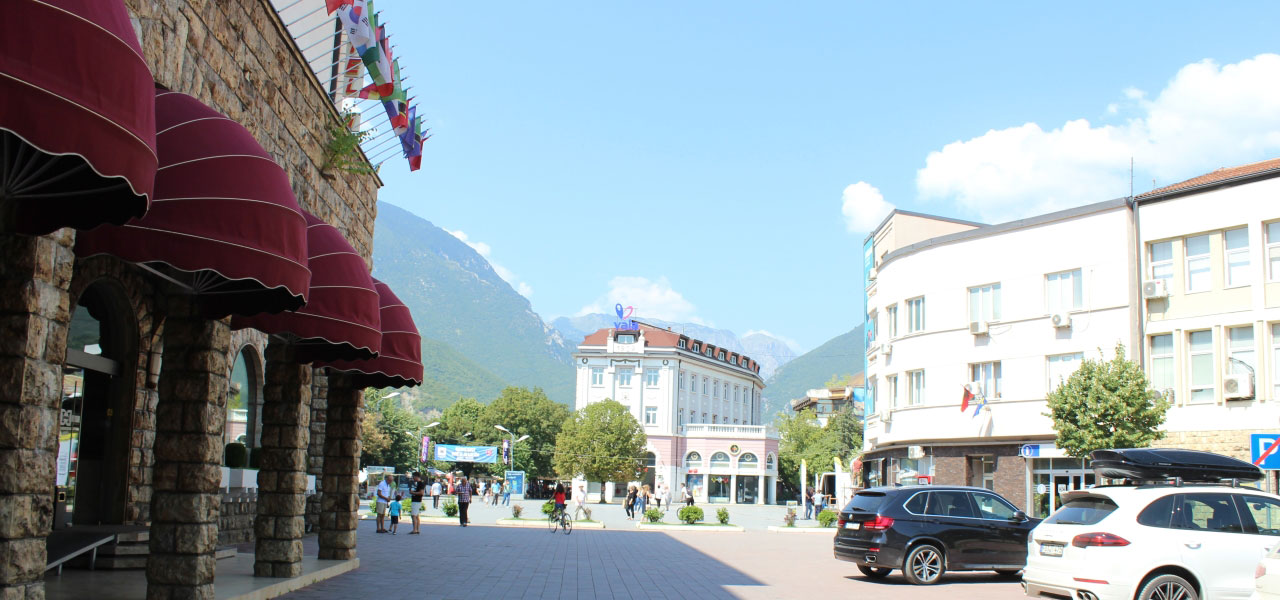
Peja is a city in western Kosovo. The city has an extraordinary history with a rich cultural heritage and rare natural beauty. Peja is located along the Bistrica e Pejës river. With almost 96,000 inhabitants, it is the fourth largest city in the country. For most visitors, the real reason to visit is to use the city as a starting point for some wonderful excursions into the mountains and the spectacular, nearby Rugova Valley. The Boge ski area is part of the Peja municipality as well.As you cross the Rugova Valley, you will notice its beauty and undiscovered treasures. The Peja River has its source in the "Accursed Mountains" and flows into the longest river in Kosovo, the White Drin. The Drini spring is also located in the municipality of Peja in the village of Radavc with beautiful waterfalls. The climate in Peja is continental.
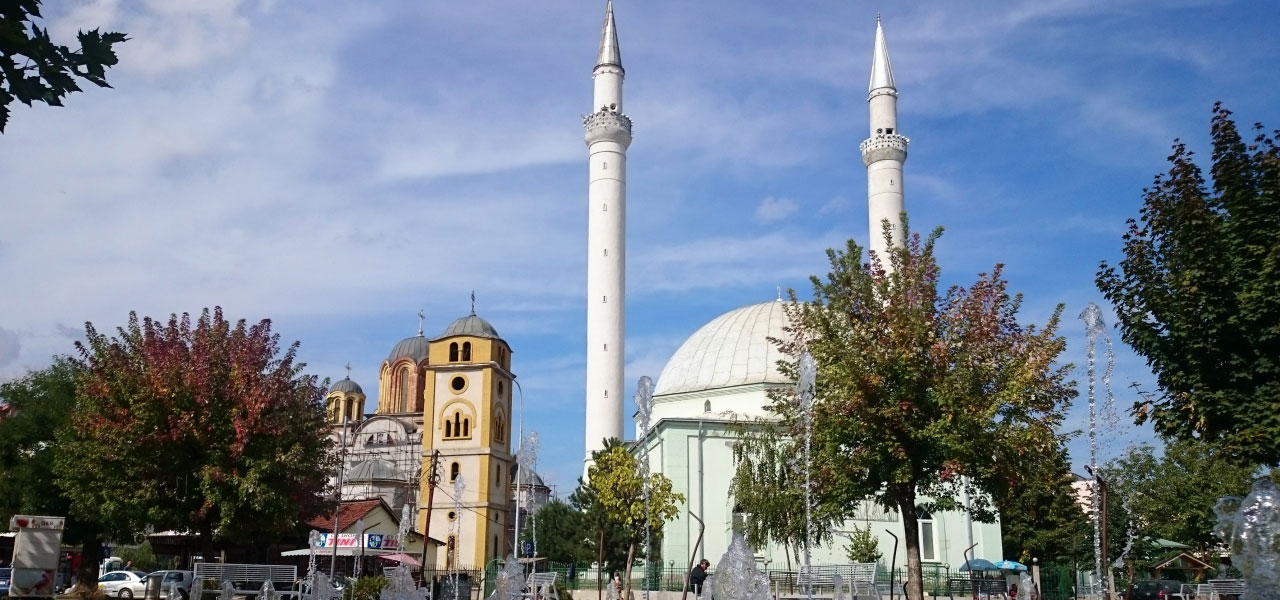
Ferizaj is a city in the south of Kosovo and the capital of the municipality of the same name and the Ferizaj district. Ferizaj is a symbol of religious tolerance: the mosque and church are located next to each other in the same courtyard in the city center.Ferizaj is located at 573 meters above sea level at the eastern foot of the Sharr Mountains in the valley of the Lepenci River, which drains this region of Kosovo to the Aegean Sea. The city is about halfway between Pristina and Skopje, about 40 km north of the border with North Macedonia. The urban area covers around 345 km² and has almost no elevations. While the agriculturally used Kosovo valley opens up in the north, the first foothills of the Sharr Mountains, which are densely forested, rise to the west of the city. With 42,000 inhabitants, it is the sixth largest city in the country.

Gjilan also Gjilani is a municipality in the Anamorava region of Kosovo. It is one of the largest municipalities in the country. Its geographical location provides good links to other centres of Kosovo and the region. The exact founding year of Gjilan city has not been precisely defined. In the 17th century, Evlia mentions Elebija Gjilan, but with the name Morava, as Cadillac in the Sandzak of Vushtrri. Vlia Elebija writes, among other things, that "seventeen days' journey from Constantinople (today's Istanbul) to Novo Brdo leads through Vraja, Krivareka (Egridere) and Morava (Gjilan)." Gjilan is located in the eastern part of Kosovo and is one of the seven largest municipalities in Kosovo. Since the war in the 1990s, it has also been the centre of the region. According to the 2011 census, the municipality of Gjilan has a population of more than 90,000.
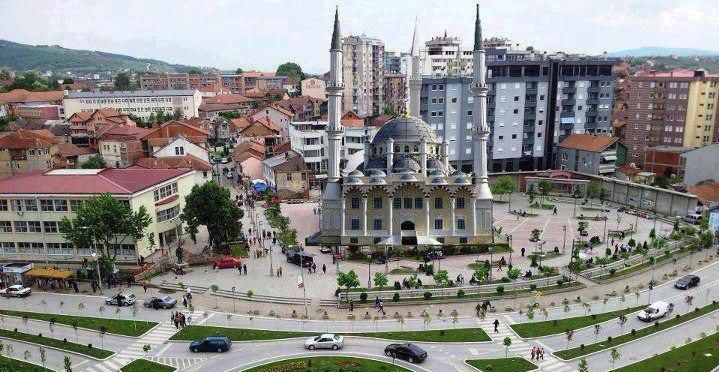
Mitrovica is a city in northern Kosovo. The strategically favorable location at the confluence of two rivers meant that the current location of Mitrovica was already settled in prehistoric times. This fact is proven by numerous finds that date from the Neolithic Age.In ancient times, the Illyrian tribe of the Dardans lived here. During excavations in and around Mitrovica, an Illyrian necropolis, several statues from the period were discovered. It is believed that Dardania's economy was primarily based on agriculture and livestock. In addition, remnants of metal slag from this time were found, which are the oldest evidence of mining in Kosovo.After the Kosovo war in 1999, the city was divided into a southern part with an almost exclusively Albanian population and a northern part with a predominantly Serbian population. The two parts of the city are connected by two road bridges and a footbridge over the river Ibër. In Mitrovica, the Ibër takes on the Sitnica coming from the south.
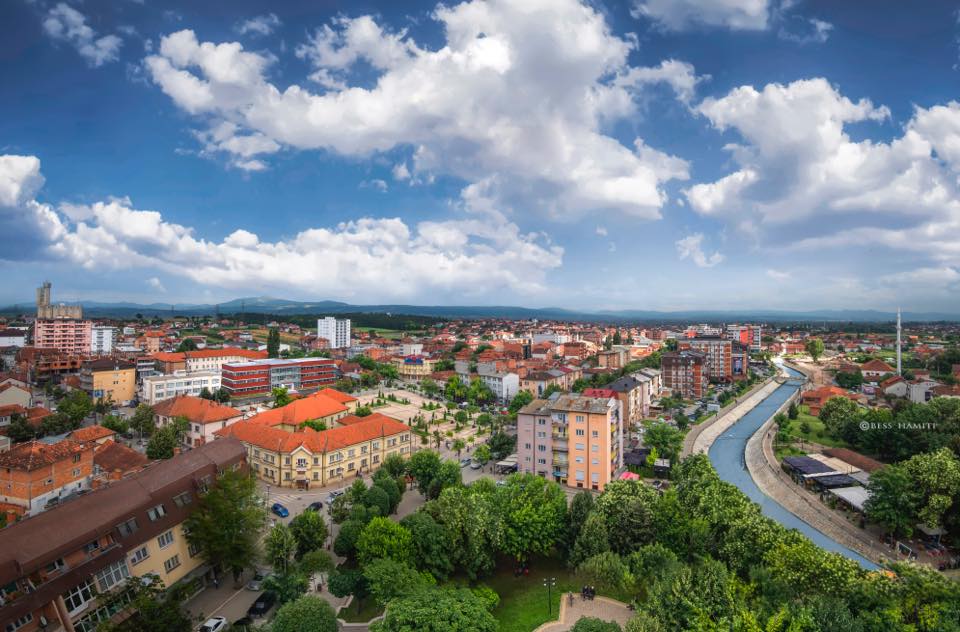
Podujeva or Besiana is located in the northeast of Kosovo, on the border with Serbia. The Llap flows through Podujeva. The region around the city of Llap is named after this river.In the vicinity of the city is the Batllava reservoir, built in the sixties , which was built for the supply of drinking water and which still provides drinking water to the municipalities of Podujeva and Pristina to this day. In summer it is a popular bathing and fishing lake for people from all over the country and is also popular with tourists on their Kosovo vacation. Lake Batllava is one of the largest lakes in the eastern part of Kosova. It is mainly fed by the small Batllava river, which flows into the Lap a few kilometers below the dam. The name Batllava comes from the nearby village of Batllava. There are a total of 76 villages in the municipality, their area is 663 km².
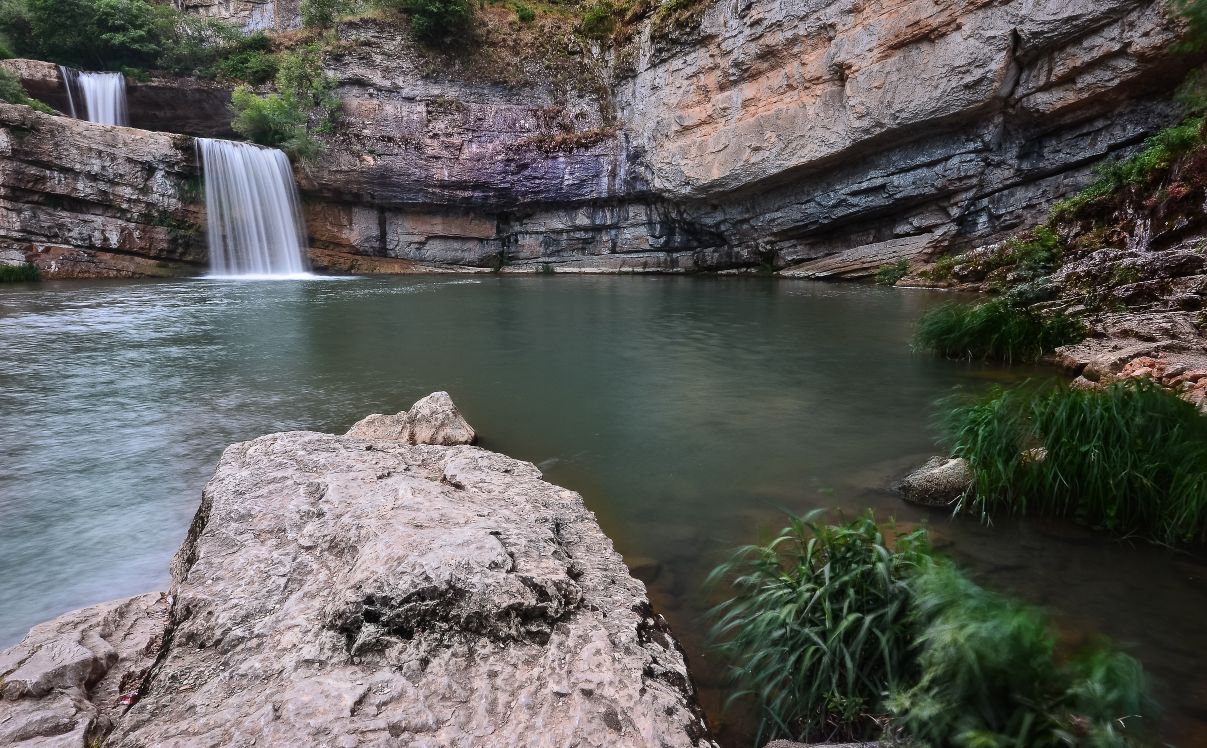
Mirusha Waterfalls
16 Mirusha waterfalls extend over a length of ten kilometers in an east-west direction and lie at an altitude of 480 to 400 meters. Even in winter, a trip to the park is worthwhile, because the waterfalls are also a spectacle when frozen.
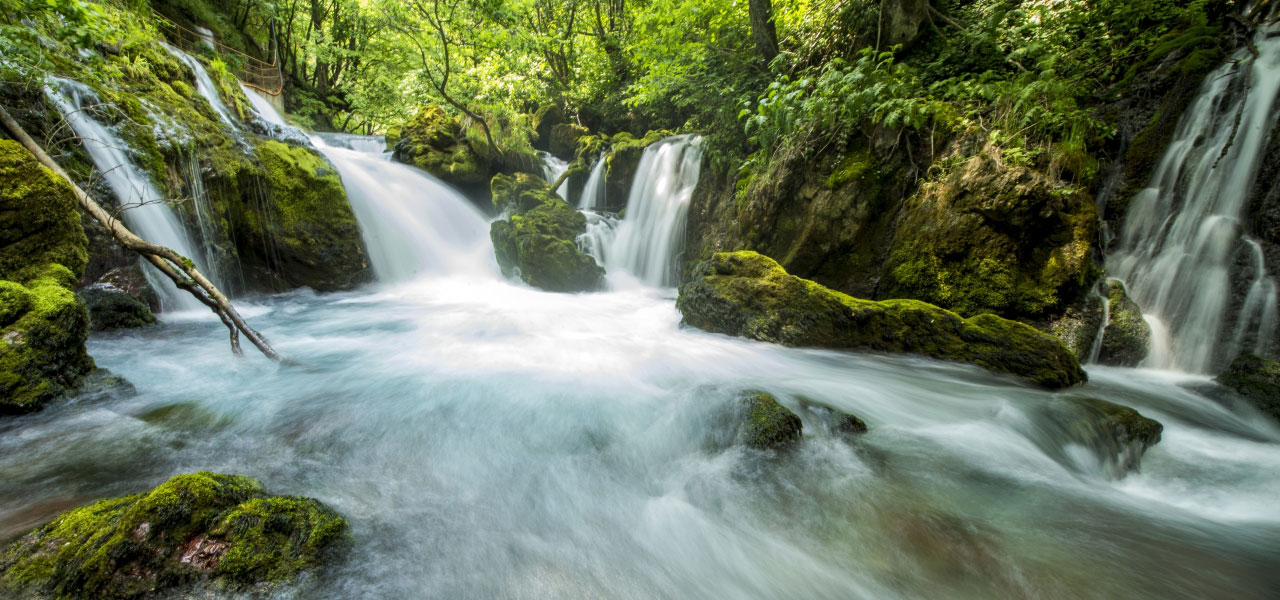
White Drin Waterfalls
The natural beauty of the "White Drin Waterfalls" undoubtedly make this place a great tourist attraction in Kosovo. The springs of the Drin River make the village of Radavc a popular destination for excursions. The wild natural game of the White Drin when observed will leave great impression.
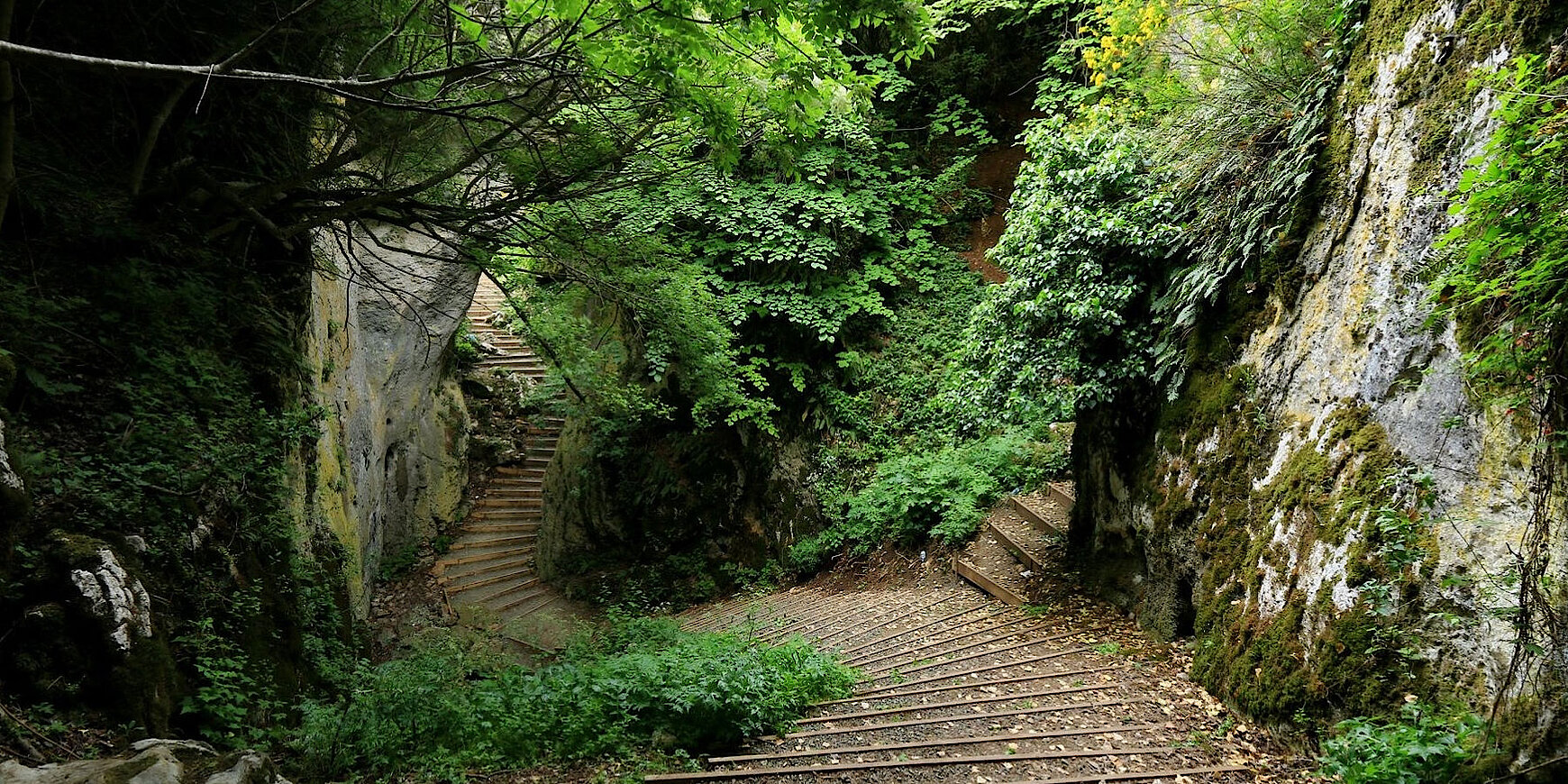
Kusari Cave, Gjakovë
Its antiquity is thought to be very early. Currently, it has three entrances, but with the adjustment of the infrastructure to reach the place in question, by the Municipality of Gjakova, which has also adjusted the paths that lead to the cave, it is thought that after this action, more visitors and searches can also be done by speleologists to see if its interior is bigger or not.
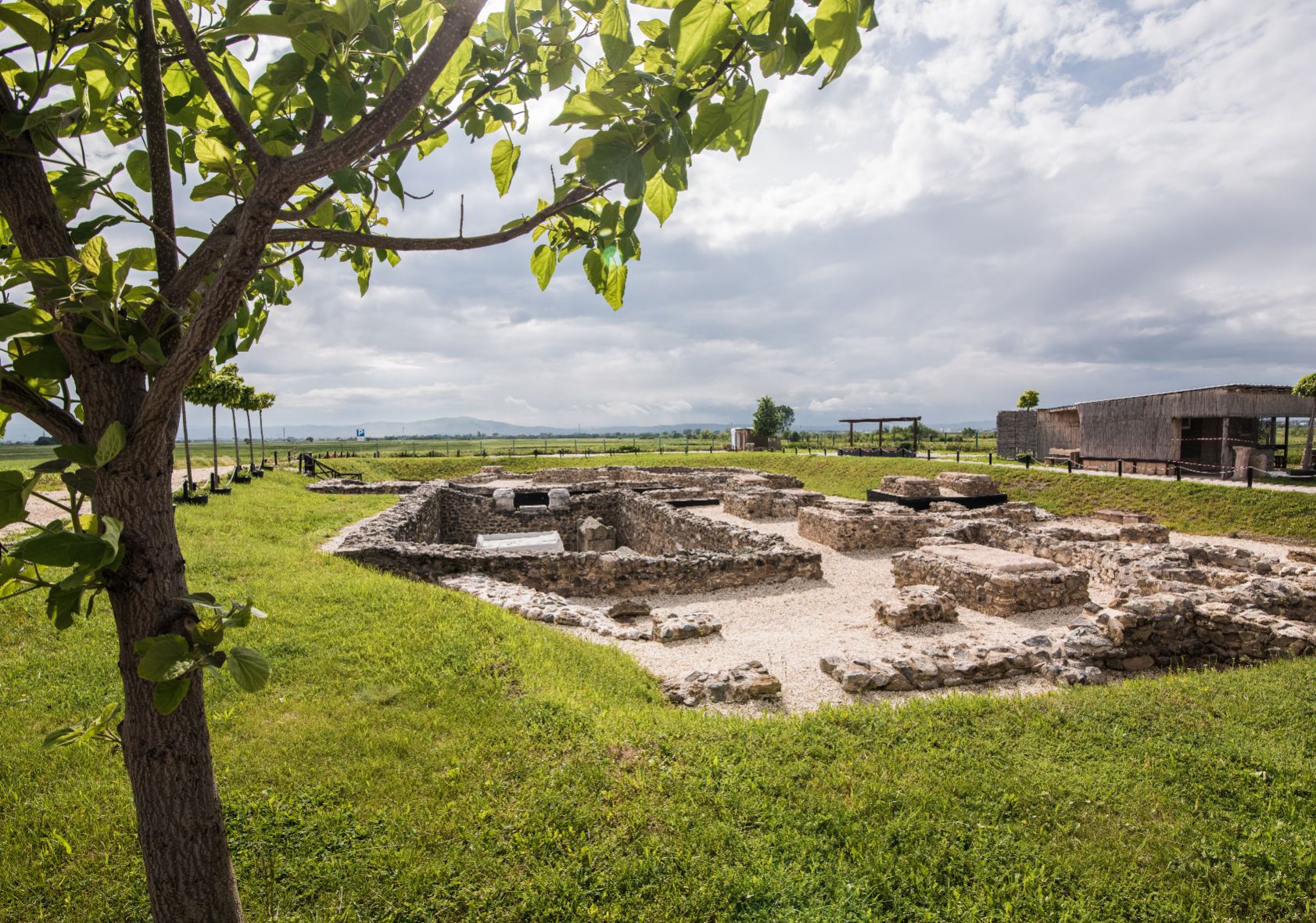
Ulpiana archeological
Ulpiana was an ancient Roman city in what is now Kosovo. Ulpiana, located in the archaeological site of Pristina, is a Roman-Pre-Byzantine settlement that can be considered one of the most important cultural heritage sites in the Republic of Kosova. Ulpiana was the administrative, economic and cultural center in Roman times, about eleven kilometers southeast of Pristina, Ulpiana is a Roman-pre-Byzantine settlement.
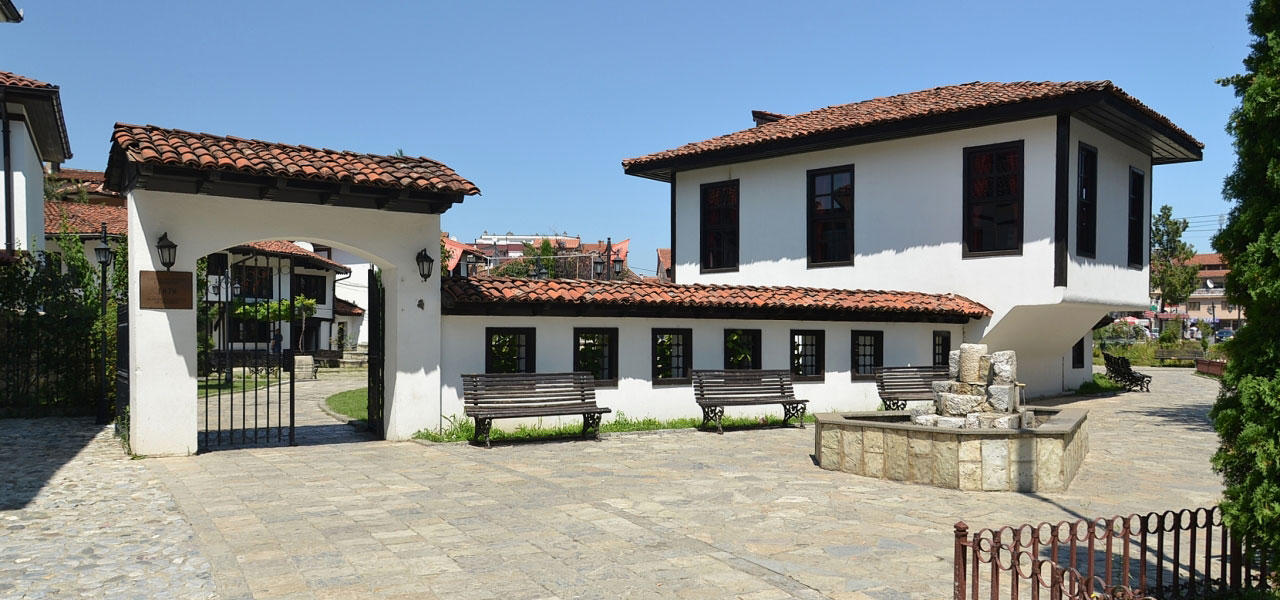
League of Prizren (Lidhja e Prizrenit)
Lidhja e Prizrenit was an association of Albanian intellectuals founded in 1878 in today's Kosovar Prizren, with the aim of preventing the division of areas inhabited by Albanians through political and military pressure. One of their first steps was to draw up a memorandum to the Earl of Beaconsfield, the British representative at the Berlin Congress. In it they formulated: “Just as we are not or do not want to be Turks, we will oppose with all our strength anyone who wants to make us Slavs, Austrians or Greeks. We want to be Albanians ".
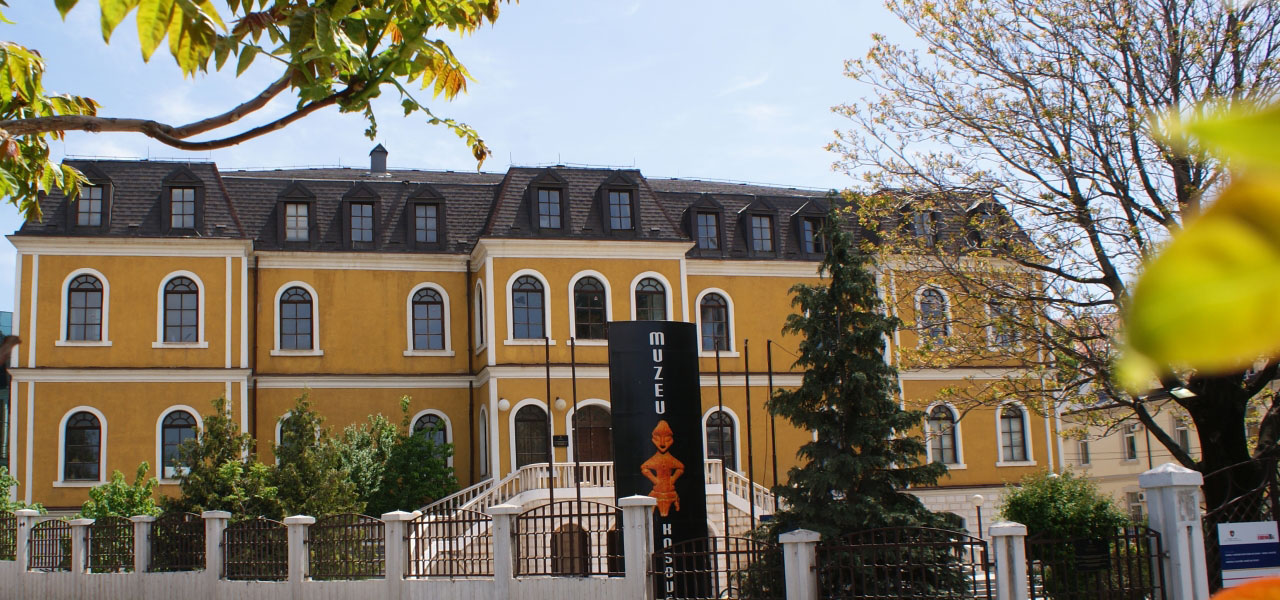
National Museum of Kosovo, Prishtinë
The Museum of Kosovo is the largest and most important museum in Kosovo. It is located in the city Pristina and was founded in 1949. The collection contains over 50,000 artifacts. The museum's exhibits and artifacts are exhibited and stored in three buildings. The collection contains over 50,000 artifacts. Another 1,200 objects are to be brought back from Belgrade in the future.
